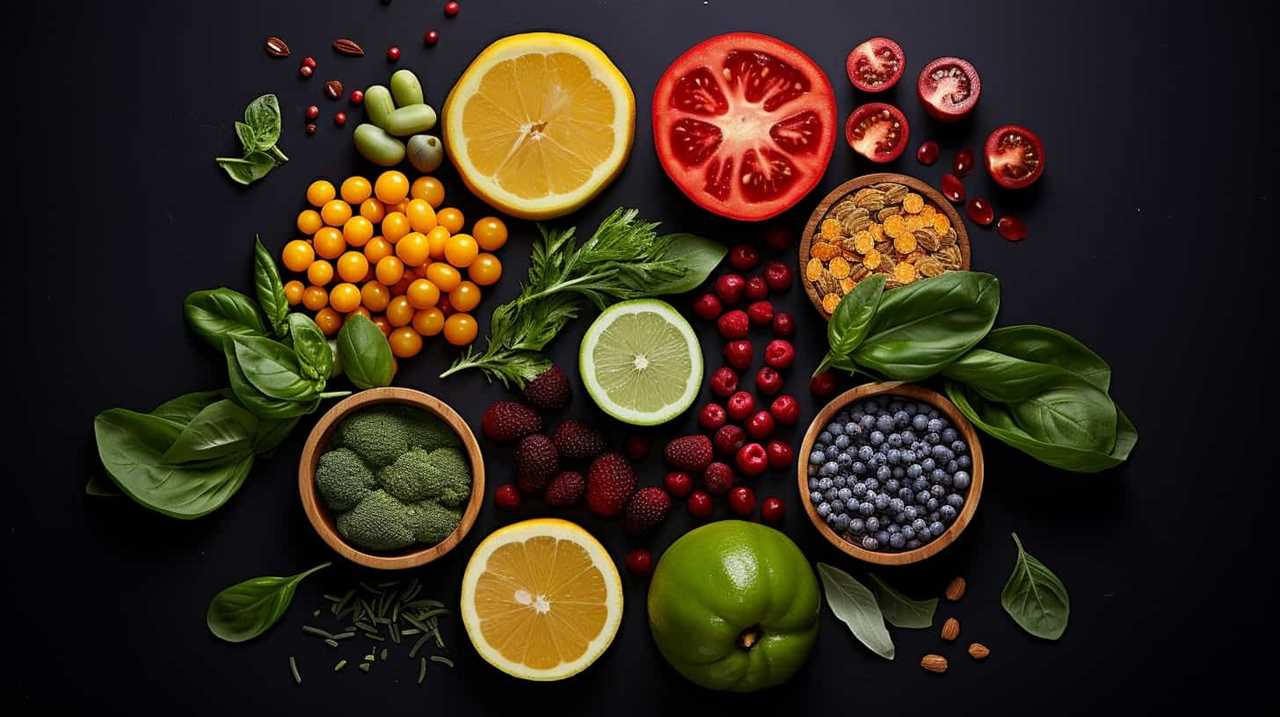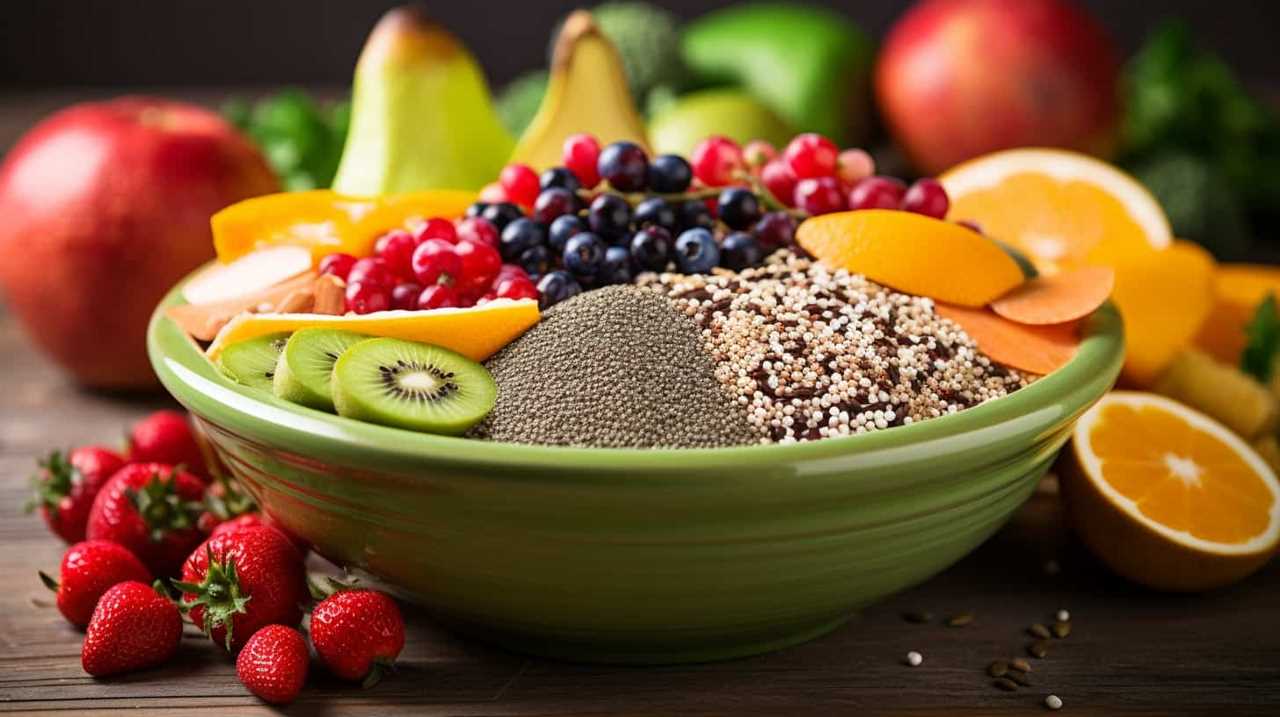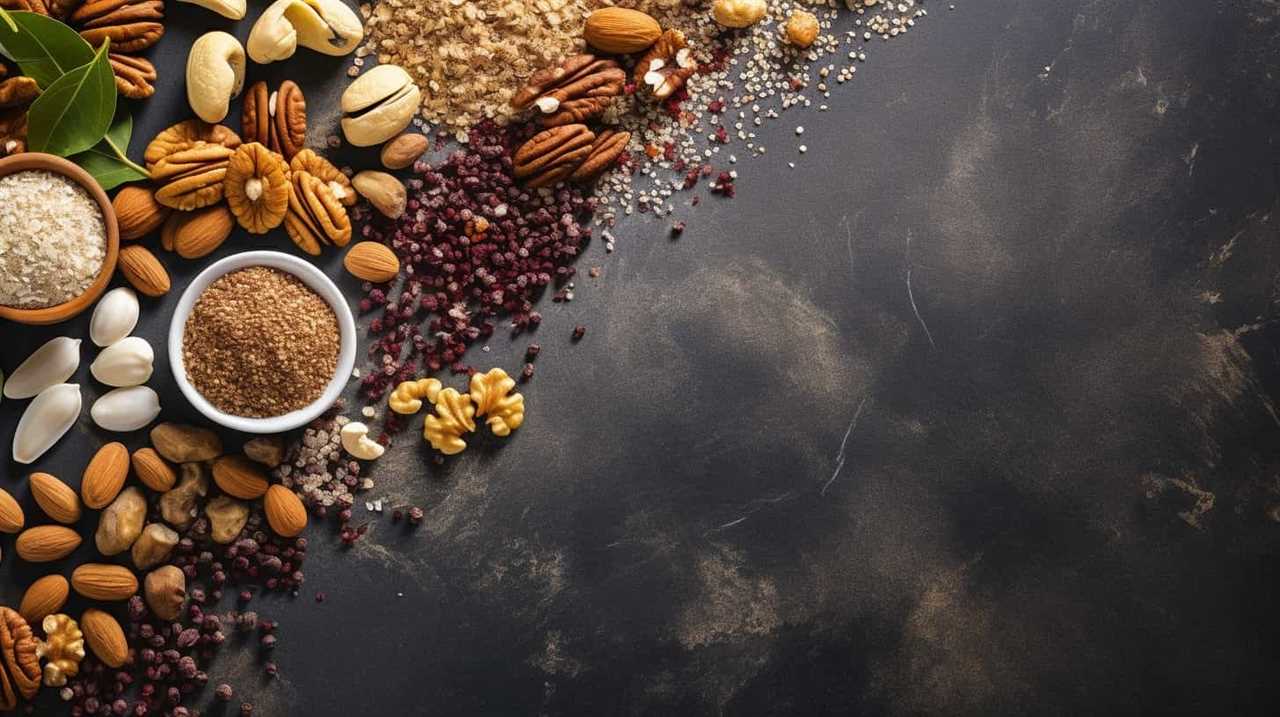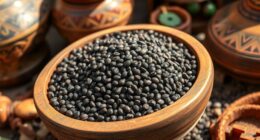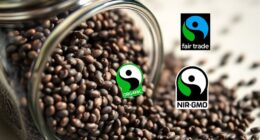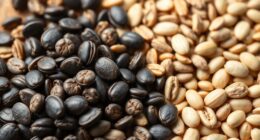Are you interested in discovering natural methods for dealing with uterine fibroids? If so, we have some thrilling information to share with you.
Chia seeds may just be the answer you’ve been looking for! In this article, we’ll delve into the potential benefits of chia seeds for uterine fibroids and explore the scientific evidence supporting their use.
Plus, we’ll provide helpful tips on how to incorporate these tiny powerhouses into your diet. Get ready to discover a simple, nutritious solution to support your fibroid management journey.
Key Takeaways
- Chia seeds are a rich source of essential nutrients, omega-3 fatty acids, fiber, and antioxidants, which may be beneficial for managing uterine fibroids.
- Chia seeds contain lignans with anti-estrogenic effects, which can help regulate hormone levels and potentially reduce the risk of fibroid growth.
- Scientific evidence suggests that incorporating chia seeds into the diet can positively impact hormonal balance, reduce inflammation in the body, and alleviate symptoms associated with uterine fibroids.
- To incorporate chia seeds into your diet for fibroid management, start with a small amount and gradually increase intake, add them to smoothies or yogurt, use them as an egg substitute in baking, sprinkle them on salads or oatmeal, or soak them in water or milk to create a gel-like consistency.
What Are Uterine Fibroids
Uterine fibroids are non-cancerous growths that develop in the uterus. They’re common in women of reproductive age and can vary in size, ranging from small to large. The exact cause of uterine fibroids is unknown, but certain factors may increase the risk of developing them. These include hormonal imbalances, a family history of fibroids, and obesity.
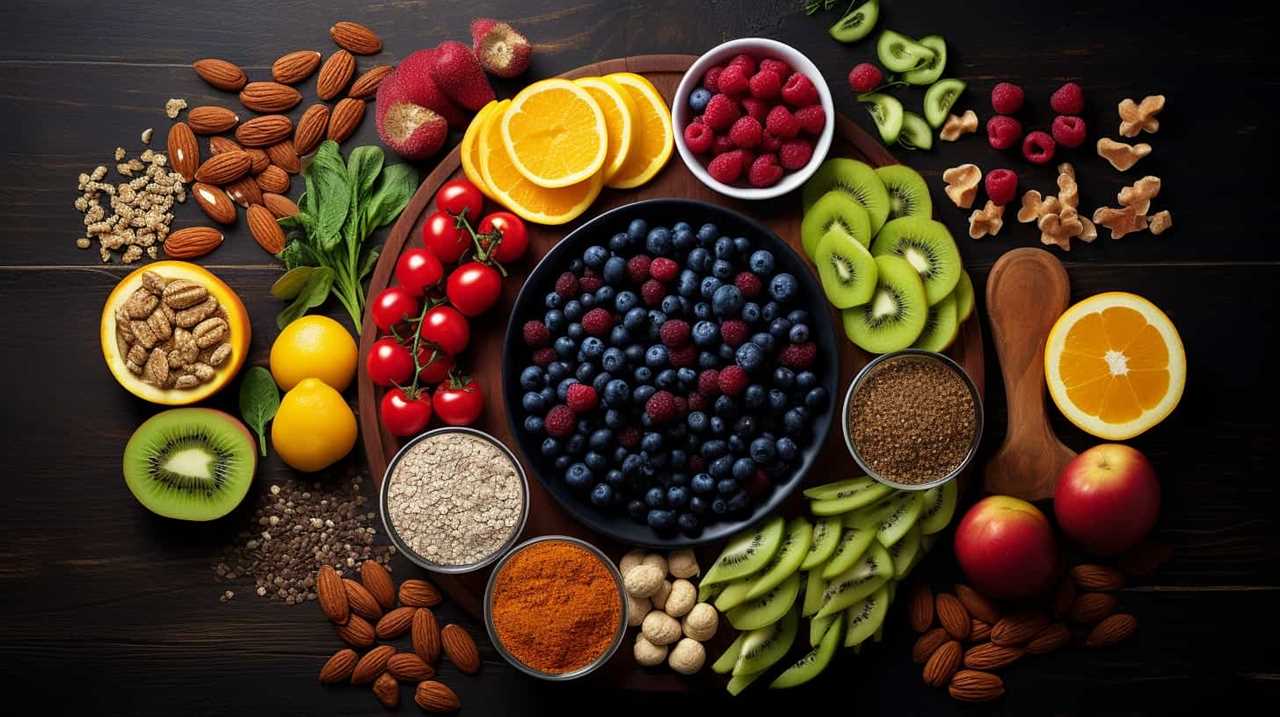
Symptoms of uterine fibroids can vary depending on the size and location of the growths. Some common symptoms include heavy or prolonged menstrual periods, pelvic pain or pressure, frequent urination, and difficulty emptying the bladder. In some cases, fibroids can also lead to fertility problems or complications during pregnancy.
While there are medical interventions available for treating uterine fibroids, some women may be interested in natural remedies. These may include dietary changes, such as increasing the consumption of fruits and vegetables, and reducing the intake of processed foods and caffeine. Exercise and stress management techniques, such as yoga or meditation, may also be beneficial.
It is important to note that natural remedies may not eliminate uterine fibroids completely, and it’s always recommended to consult with a healthcare professional for proper diagnosis and treatment options.
Understanding the Role of Chia Seeds in Managing Fibroids
Chia seeds can play a beneficial role in managing fibroids by providing essential nutrients and promoting hormonal balance. While there’s limited research specifically on the role of chia seeds in fertility and fibroids, they’re known to be a rich source of omega-3 fatty acids, fiber, and antioxidants.

These nutrients are important for overall health and can support the body’s natural healing processes. Additionally, chia seeds contain lignans, which have been shown to have anti-estrogenic effects. Since fibroids are hormone-dependent tumors, this may help regulate hormone levels and potentially reduce the growth of fibroids.
However, it’s important to note that chia seeds should be consumed in moderation, as excessive intake may lead to digestive issues.
In the next section, we’ll explore the potential benefits of chia seeds for uterine fibroids in more detail.
Potential Benefits of Chia Seeds for Uterine Fibroids
Moving on to the potential benefits of these nutritious seeds for managing fibroids, we can explore how they can positively impact hormonal balance and overall health. Chia seeds contain essential fatty acids, such as omega-3s, which play a crucial role in maintaining hormonal balance. These fatty acids help regulate hormone production and reduce inflammation, which can be beneficial for women with uterine fibroids.
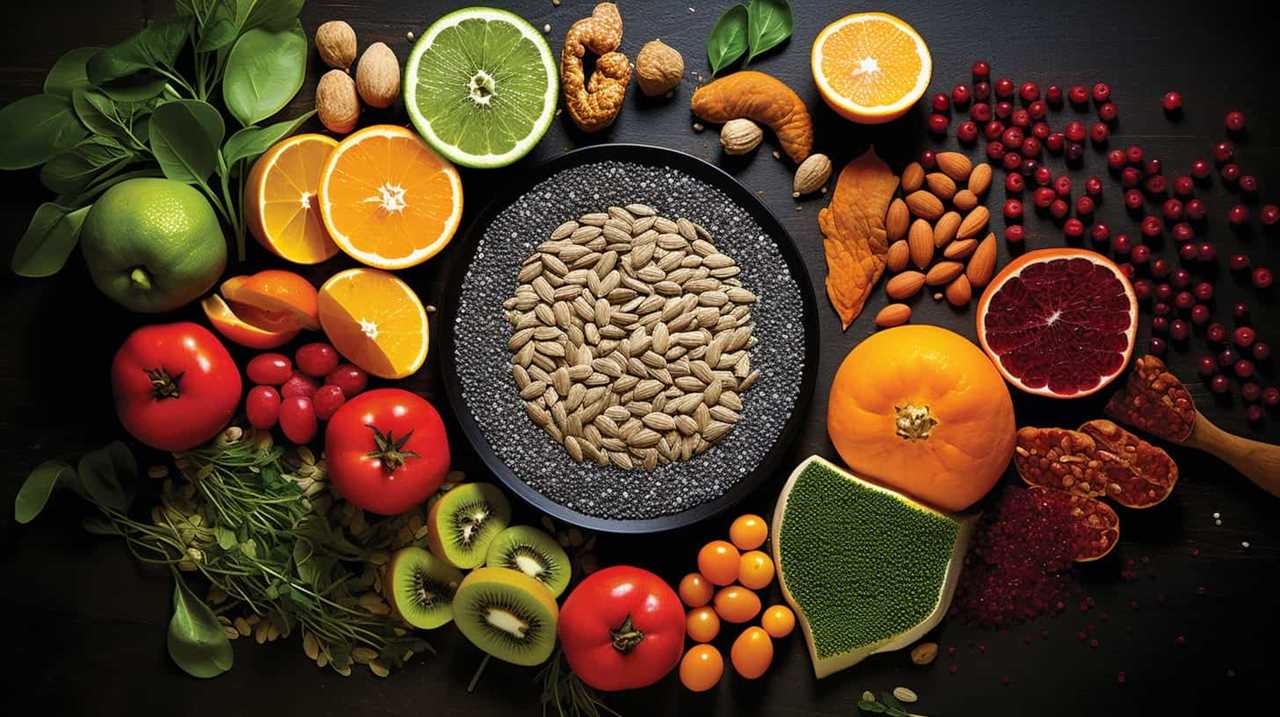
Hormonal imbalances have been linked to the development and growth of fibroids, so incorporating chia seeds into the diet may help support hormonal health and potentially reduce the risk of fibroid growth. Additionally, chia seeds are rich in antioxidants, which can help reduce inflammation in the body. Inflammation is believed to contribute to the growth and symptoms of fibroids, so consuming chia seeds may help manage inflammation and alleviate symptoms associated with fibroids.
Transitioning into the next section, let’s now explore the scientific evidence supporting the use of chia seeds for fibroids.
Scientific Evidence Supporting the Use of Chia Seeds for Fibroids
Now let’s delve into the scientific evidence that supports the use of chia seeds for managing fibroids, highlighting their potential benefits for hormonal balance and inflammation reduction.
Multiple scientific studies have explored the potential benefits of chia seeds for fibroids. Here are some key findings:
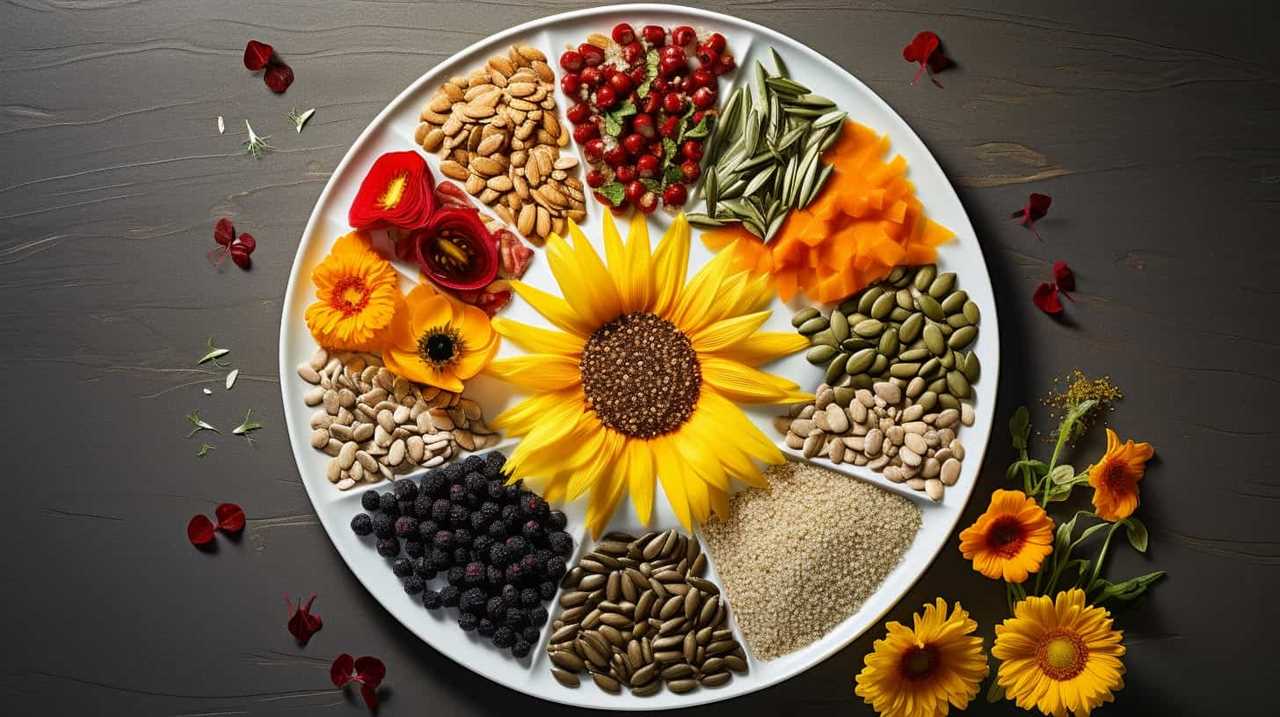
-
Hormonal balance: Chia seeds contain omega-3 fatty acids, which have been shown to help regulate hormone levels and reduce estrogen dominance, a common factor in fibroid growth.
-
Inflammation reduction: Chia seeds are rich in antioxidants and anti-inflammatory compounds, which can help reduce inflammation in the body, potentially alleviating symptoms associated with fibroids.
Scientific evidence suggests that incorporating chia seeds into your diet may offer benefits for fibroid management.
Now, let’s move on to the next section, where we’ll discuss some tips for incorporating chia seeds into your diet for fibroid management.
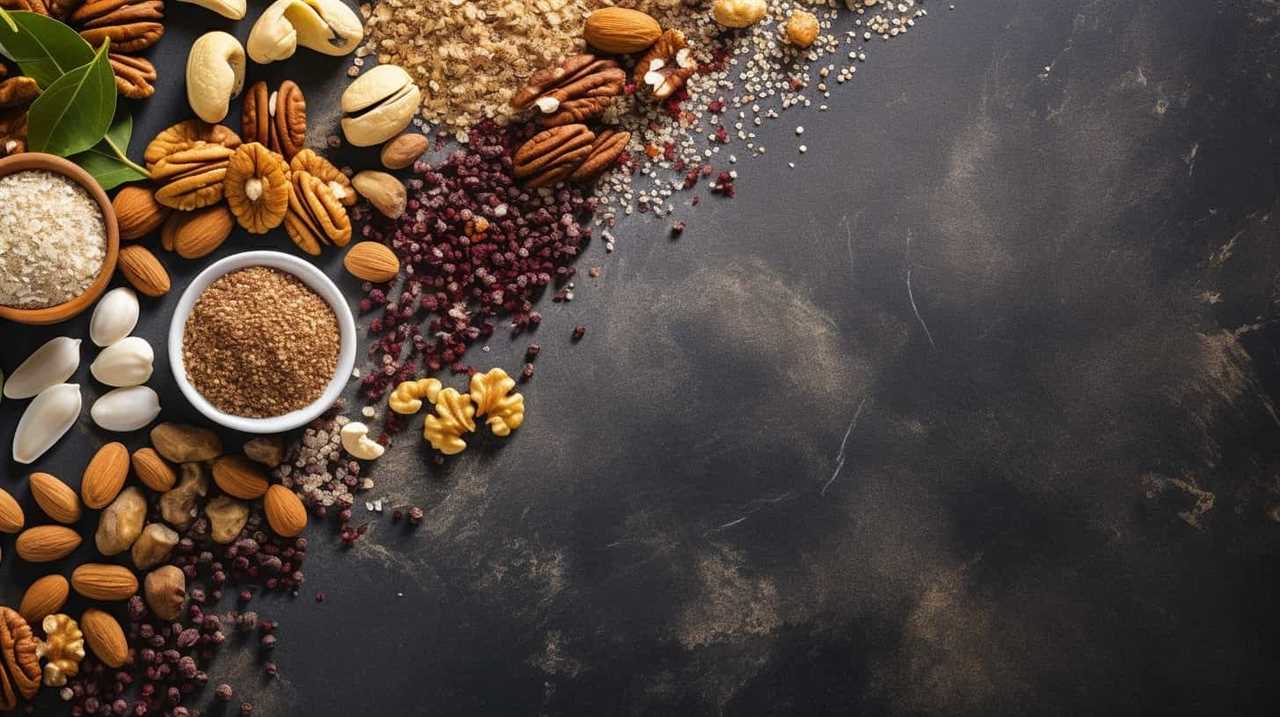
Tips for Incorporating Chia Seeds Into Your Diet for Fibroid Management
To incorporate chia seeds into our diet for fibroid management, we can explore various tips and strategies that can help us make the most of this nutritious ingredient. Here are some tips for incorporating chia seeds into our daily routine:
-
Start small: Begin by adding a teaspoon or two of chia seeds to our meals and gradually increase the amount as we become accustomed to their taste and texture.
-
Mix them in: Chia seeds can be easily incorporated into various dishes. We can sprinkle them on top of salads, yogurt, or smoothies. They can also be added to baked goods like muffins or bread.
-
Soak them: Chia seeds have a gel-like consistency when soaked in liquid. Soaking them overnight in water or milk can make them easier to digest and enhance their nutritional benefits.
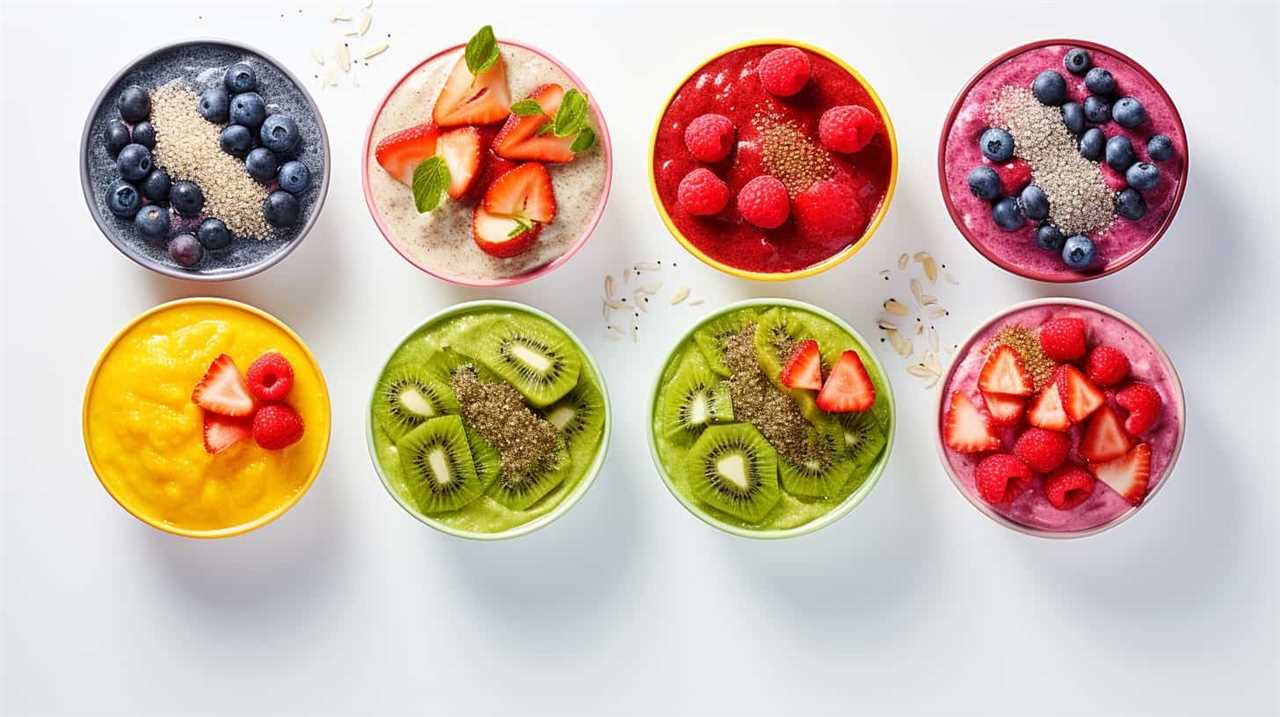
-
Use them as an egg substitute: Chia seeds can be used as a vegan egg substitute in baking. Simply mix one tablespoon of chia seeds with three tablespoons of water and let it sit for a few minutes until it forms a gel-like consistency.
Frequently Asked Questions
Can Chia Seeds Completely Cure Uterine Fibroids?
Chia seeds may have potential benefits for managing uterine fibroids. While they cannot completely cure fibroids, they are rich in nutrients and may help support overall reproductive health. Further research is needed to fully understand their role.
Are There Any Potential Side Effects of Consuming Chia Seeds for Uterine Fibroids?
We need to be aware of potential risks and take precautions when consuming chia seeds for uterine fibroids. It’s important to consider any potential side effects and discuss with a healthcare professional before incorporating them into our diet.
How Long Does It Usually Take to See Results From Incorporating Chia Seeds Into Your Diet for Fibroid Management?
Incorporating chia seeds into our diet for fibroid management can yield results in a few weeks. The recommended daily intake is 1-2 tablespoons. However, it’s important to consult a healthcare professional for personalized advice.
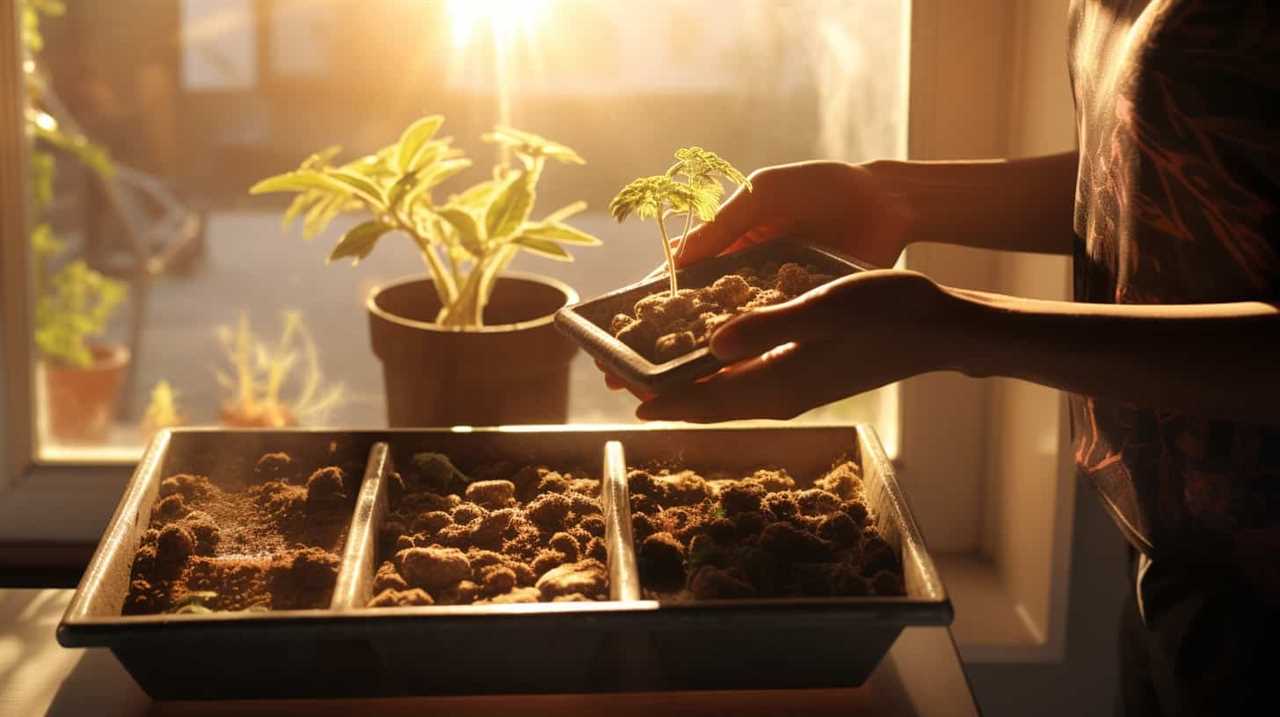
Are There Any Specific Guidelines or Restrictions on the Amount of Chia Seeds to Consume for Uterine Fibroids?
There are no specific guidelines or restrictions on the amount of chia seeds to consume for uterine fibroids. It is recommended to consult with a healthcare professional to determine the appropriate amount for your individual needs.
Can Chia Seeds Help With Reducing the Size of Uterine Fibroids?
Chia seeds’ effectiveness in reducing the size of uterine fibroids is uncertain. While some studies suggest a potential benefit, more research is needed. It’s important to consult with a healthcare professional for personalized advice on managing fibroid growth.
Conclusion
In conclusion, while chia seeds have gained popularity for their numerous health benefits, there’s limited scientific evidence specifically linking them to the management of uterine fibroids. While anecdotal stories suggest their potential benefits, further research is needed to establish a definitive connection.
However, incorporating chia seeds into a balanced diet can still provide valuable nutrients and contribute to overall well-being. It’s like adding a colorful ingredient to a recipe – it may not be the main focus, but it adds a little extra goodness to the mix.

